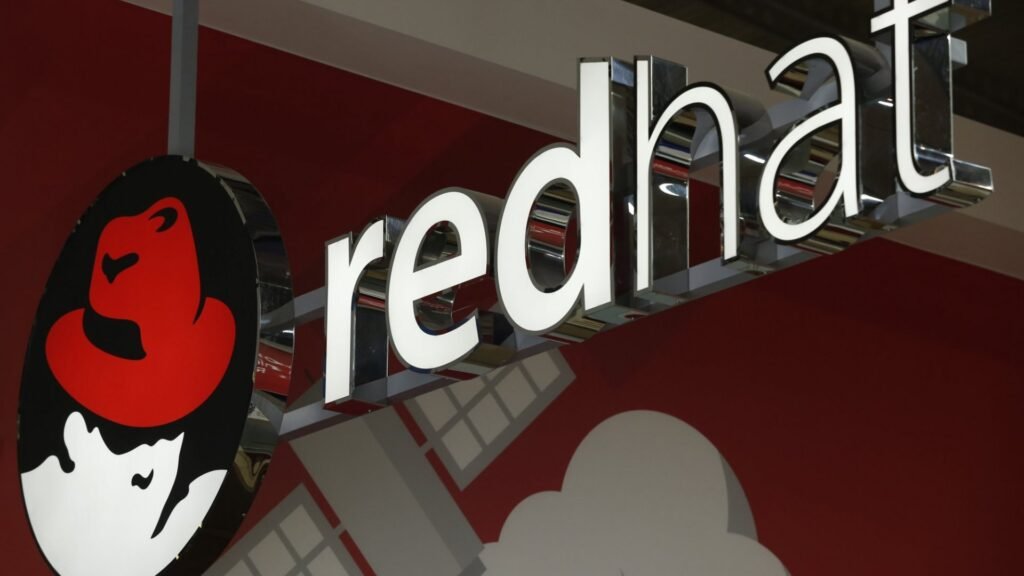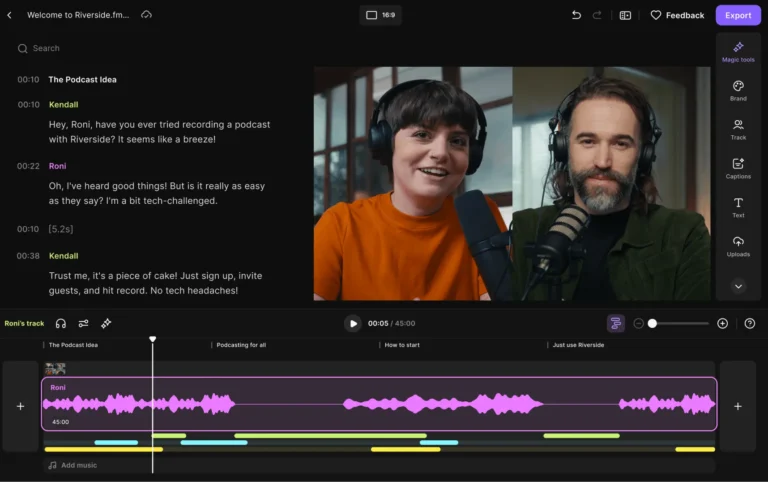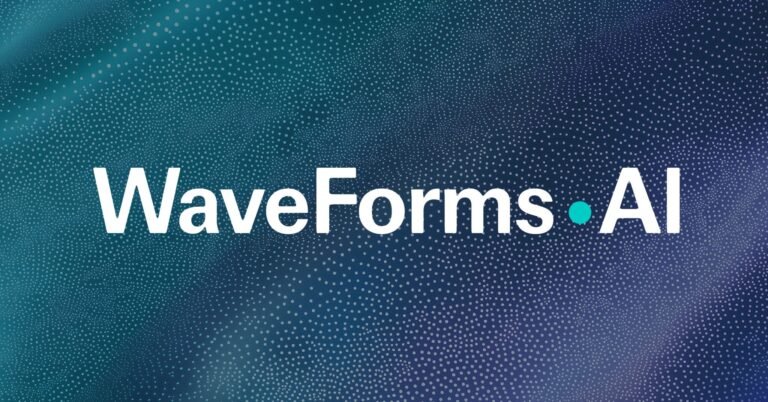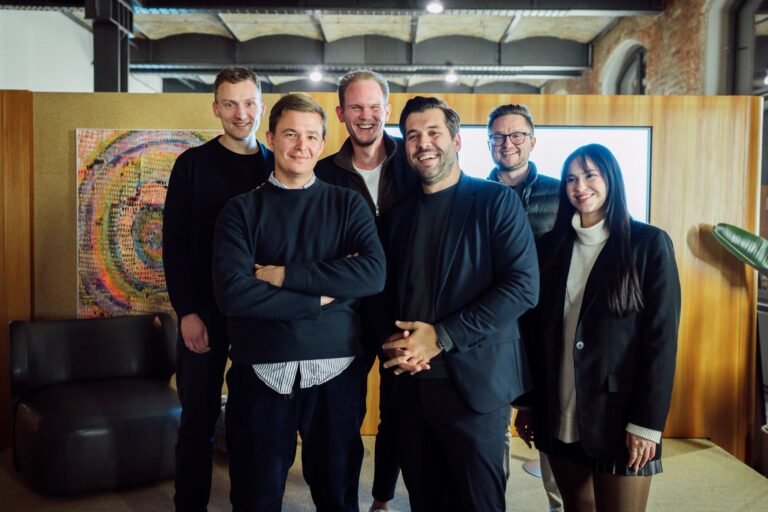trending post
Red Hat, which is the Linux Enterprise for hybrid cloud computing business unit of IBM, has just acquired Neural Magic, a start-up which specializes in optimizing AI models to run faster on common processors and GPUs. The financial terms of the acquisition are not disclosed; however, this is an important move by Red Hat to advance its AI and hybrid cloud offerings.

Founded in 2018 by MIT researchers Alex Matveev and Nir Shavit, Neural Magic is based out of Somerville, Massachusetts. The company was born out of their work in high-performance computing for AI: bringing to life the potential for AI models to run at the speed of specialized hardware – such as Google’s Tensor Processing Units (TPUs) – on widely available, off-the-shelf processors and GPUs. This optimization technology optimizes AI workloads toward benefiting from significantly larger memory available in commodity processors, hence making it a much more cost-effective and scalable solution.
This company differs from the rest in the AI optimization space because Neural Magic is offering its platform free of charge and using open-source tools. The company has raised $50 million in venture capital from prominent investors, including Andreessen Horowitz, New Enterprise Associates, Amdocs, Comcast Ventures, and Ridgeline Ventures, to continue developing its software and penetrate the increasingly competitive landscape of AI.
One of the great contributions of Neural Magic is its work on vLLM, an open-source project that optimizes the serving and deployment of AI models. CEO of Red Hat Matt Hicks says vLLM is one key aspect for the acquisition since this kind of technology will make it able to better its current open-source offerings within the AI space. Specifically, he said that with vLLM, users–Red Hat customers included–will be able to deploy and optimize AI models in the hybrid cloud environment. Users will have control over infrastructure and security; this is all part of Red Hat’s broader approach to delivering enterprise-grade, open-source AI solutions.
The acquired company’s AI portfolio will complement Red Hat, enhancing the organization’s capability of releasing tools that help to deploy AI models in cloud platforms with flexibility and security. The value proposition of a better scale for AI workloads, better performance in inference, and being able to be integrated into several customer offerings will thus be achieved through the integration of Red Hat’s existing infrastructure as well as the innovations by Neural Magic. The author Hicks pointed out the fact that now companies look more towards AI solutions running across a variety of cloud environments and hybrid infrastructures, and therefore open flexible, standardized tools are inevitable for businesses.
“AI workloads need to run wherever customer data lives across the hybrid cloud; this makes flexible, standardized and open platforms and tools a necessity,” Hicks said in a statement. “We are excited to add Neural Magic’s innovative AI technology to our hybrid cloud-focused AI portfolio, furthering our drive to not only be the ‘Red Hat’ of open source, but the ‘Red Hat’ of AI as well.”
Red Hat, of course, has been a pioneer in the development of its AI capabilities, part of a larger strategy aimed at hybridizing and integrating AI into their cloud solutions. Indeed, at the recent KubeCon conference held in Salt Lake City, the company announced a new crop of updates pertaining to its OpenShift AI and Device Edge platforms. This also includes the introduction of Climatik, an energy efficiency tool co-developed with Intel, Bloomberg, and IBM, as part of the effort by the company to address growing power demands related to AI workloads.
Neural Magic’s acquisition fits with rising competition in the AI optimization space. The big players, including Nvidia and Intel, have also bought companies to shore up their capabilities in AI infrastructure. One example is Nvidia acquired a company called Run\
, helping developers to manage and optimize AI infrastructure, and last year, Intel also bought SigOpt, this model optimization specialist, last October 2020.
Unprecedented demand for AI and skyrocketing training and deployment costs for large models have inspired significant research in optimization technology. Red Hat’s purchase of Neural Magic is yet another move poised to help the company outstrip the competition in a business segment: AI optimization for the hybrid cloud, leveraging open-source tools and innovative technology built by Neural Magic.
For Red Hat, the acquisition is important in helping the company to become a new force in the AI market, much in the same way it has transformed the landscape of open-source software. With Neural Magic’s experience, Red Hat will be able to equip its customers with AI solutions that are more efficient and scalable, potentially running on cost-effective hardware-an emerging requirement for enterprises that want to harness AI and advanced analytics in their applications.











